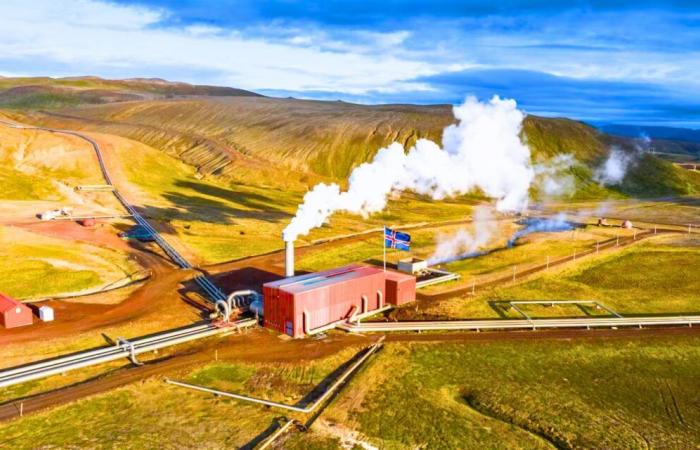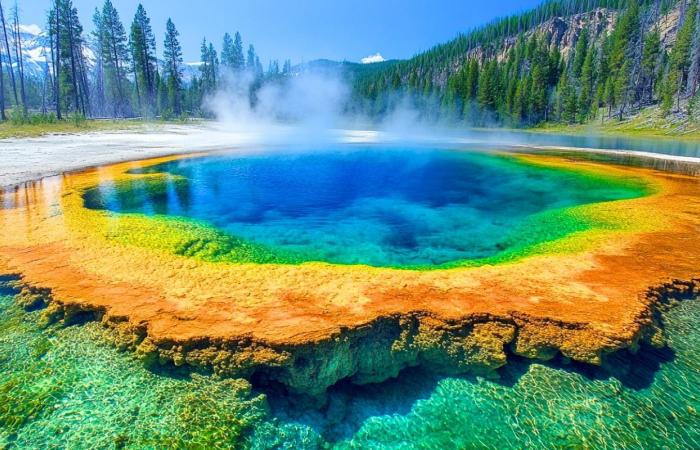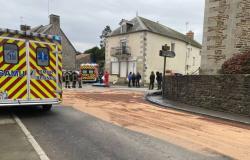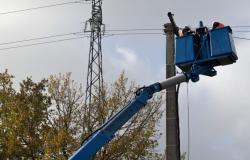Revolutionary discovery: the energy hidden under the snow of Iceland inspires America!
Fifty years ago, Iceland discovered a revolutionary source of energy beneath its snowy expanses, today coveted by the United States in Yellowstone National Park. Explore the fascinating history of the Krafla geothermal station and discover how it inspires similar projects across the Atlantic. This historic journey offers a glimpse of the innovation and perseverance that transformed geothermal energy into a viable energy resource.
Also read:
Captivating history of the Krafla geothermal station
Located to the east of Lake Mývatn, the Krafla geothermal station began producing electricity in 1978, following explorations begun four years earlier. These drillings revealed that Iceland had an abundant reserve of geothermal energy beneath its snowy surface. Initially, Krafla provided 7 MW of power, but its capacity has since been increased to 60 MW. Today she is a symbol of sustainable energy and technological innovation.
Technological advances and respect for the environment
Power has benefited from technical advances such as directional drilling, speeding up the process while reducing environmental impact. These innovations make Krafla a global reference in geothermal development and influence other projects, notably that of Yellowstone. Sustainable development is at the heart of this technology, enabling environmentally friendly energy exploitation.
The geothermal potential of Yellowstone National Park
Faced with the need to reduce their dependence on foreign oil,The United States sees Yellowstone as a potential site for geothermal development, thanks to its underlying volcanic features similar to those of Iceland. This site offers tremendous potential for sustainable energy. Yellowstone's geothermal resources could one day power millions of American homes with clean, renewable energy.
American lessons from the Icelandic experience
The United States can learn from the Icelandic experience to optimize the implementation of geothermal energy in Yellowstone. Raising awareness among local communities is essential to develop support for geothermal projects and ensure a successful transition to renewable energies. Adopting these practices could facilitate broader acceptance of sustainable development projects.
A promising future for geothermal energy
The story of Krafla and Yellowstone illustrates the global quest for sustainable energy sources. The Icelandic example shows how innovation, cooperation and determination can lead to significant progress. Geothermal energy represents a promising energy solution for the future, with the capacity to provide clean energy indefinitely.
Issues and challenges of geothermal energy
Although geothermal energy has many advantages, such as low CO2 emissions and energy independence, its development faces environmental, technological and social challenges, particularly in terms of impact on tourism and preservation of natural resources. natural sites. The challenge will be to develop this energy while preserving the natural landscapes and biodiversity of the exploited sites.
What future for this green energy?
As Iceland continues to take advantage of its geothermal resourcesthe United States is increasingly considering this energy as a key component of its future energy strategy. International collaboration could accelerate the development of innovative and sustainable energy solutions. Lessons learned from Krafla could thus shape energy and environmental policies across the world, promoting a greener future.
Normandy launches mega 51 million euro energy project, promising 33.9 billion watts and an employment revolution with 6,000 jobs
This article explores the tremendous history of the discovery and exploitation of geothermal energy in Iceland, and how it serves as a model for similar initiatives in the United States today. The Krafla geothermal station, with its cutting-edge technologies and commitment to sustainability, continues to inspire the search for environmentally friendly energy solutions across the world, demonstrating that solutions to global energy challenges can come from nature herself.
Sources :







